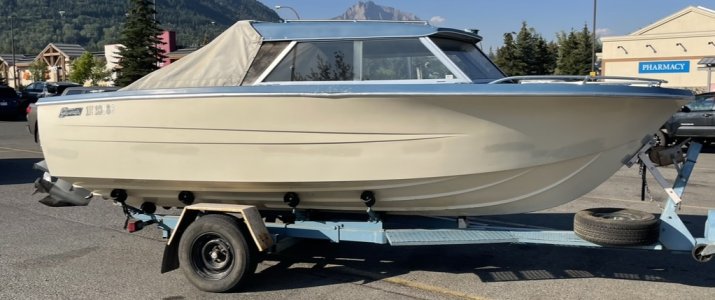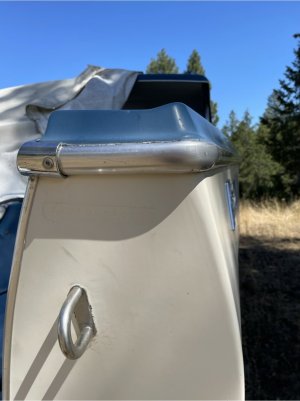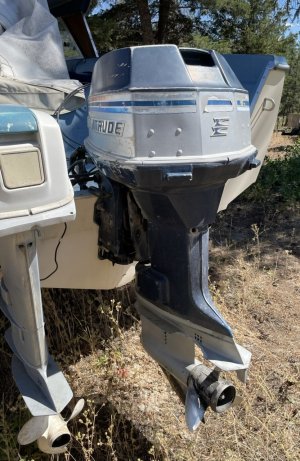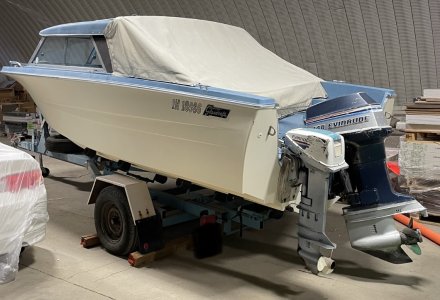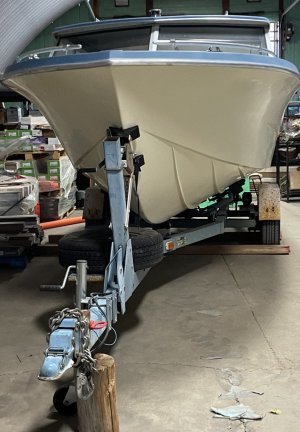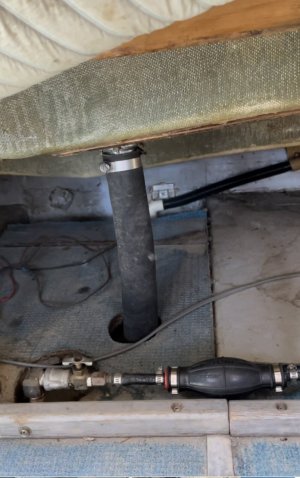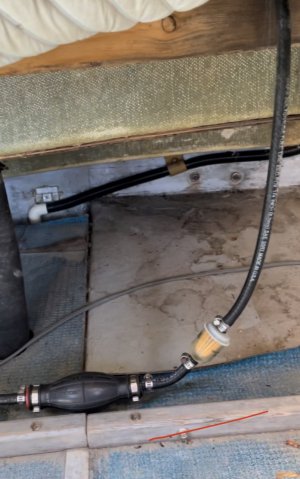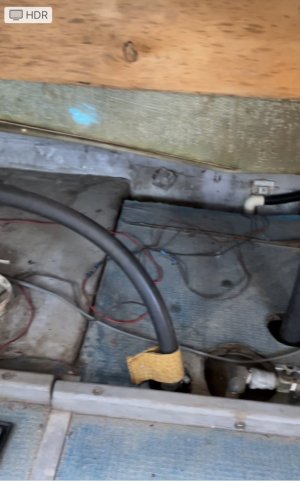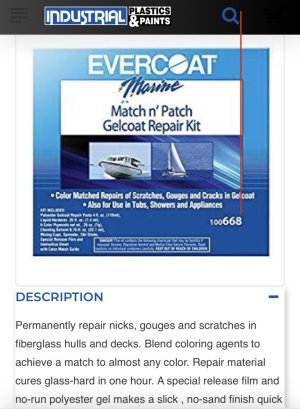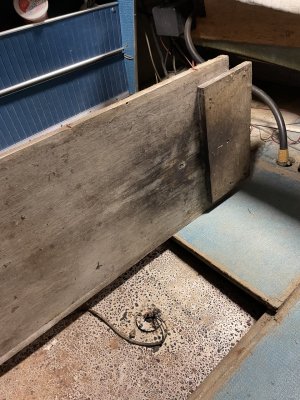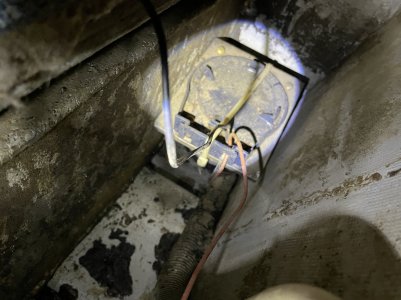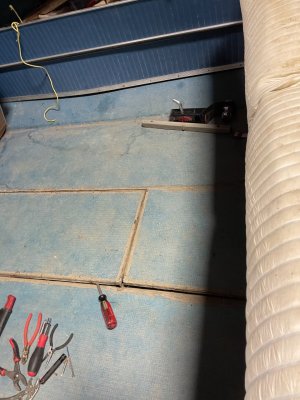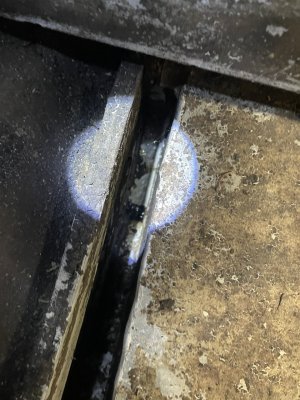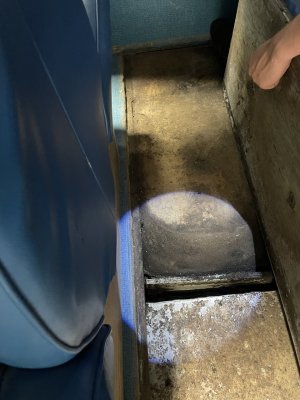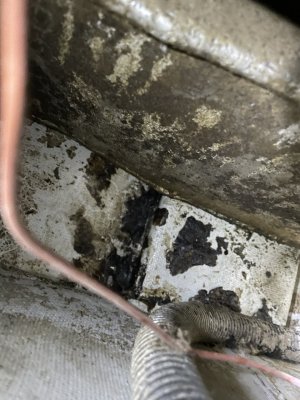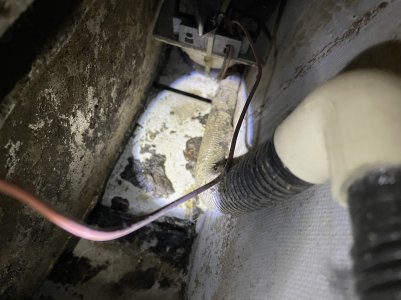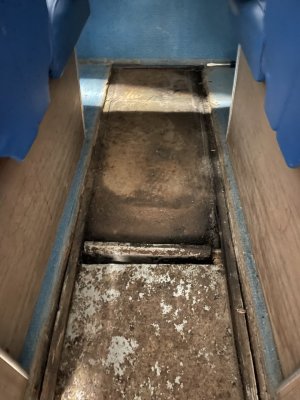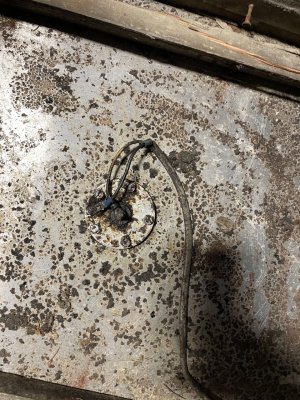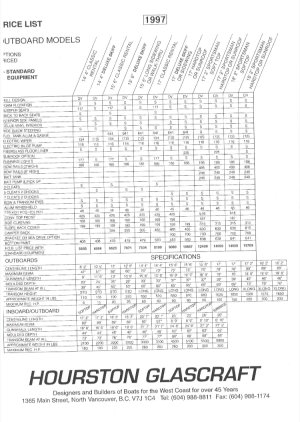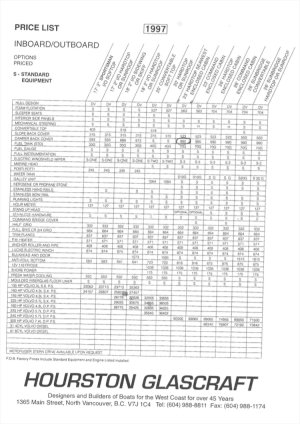I found a 1977 Hourston one owner that looks very good and was used in lakes in southeastern BC so it never saw the ocean.
There is some minor hydrolysis on the hull and need to refinish and repair scratches on the keel or simply paint. I have been recommended both but defer to the broader audience here.
I’m thinking at least a new or two new bilge pumps. The battery is new.
Also it will need a new trolling motor and it remains to be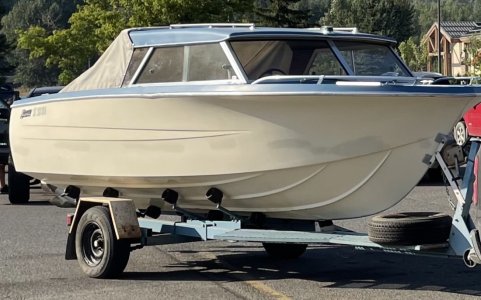 seen by an inspector if the main motor still has life on it. Owner swears it’s in running shape (?)
seen by an inspector if the main motor still has life on it. Owner swears it’s in running shape (?)
My goal is to see if I can get it back on the water without a complete restoration albeit the need for at least a new trolling motor and some basic electronics.
I’m new to ownership so seeing what a more lean approach on spend may be if possible.
I’ll work on some better photos.
Let me know your thoughts, good, bad or ugly.
There is some minor hydrolysis on the hull and need to refinish and repair scratches on the keel or simply paint. I have been recommended both but defer to the broader audience here.
I’m thinking at least a new or two new bilge pumps. The battery is new.
Also it will need a new trolling motor and it remains to be
 seen by an inspector if the main motor still has life on it. Owner swears it’s in running shape (?)
seen by an inspector if the main motor still has life on it. Owner swears it’s in running shape (?)My goal is to see if I can get it back on the water without a complete restoration albeit the need for at least a new trolling motor and some basic electronics.
I’m new to ownership so seeing what a more lean approach on spend may be if possible.
I’ll work on some better photos.
Let me know your thoughts, good, bad or ugly.


